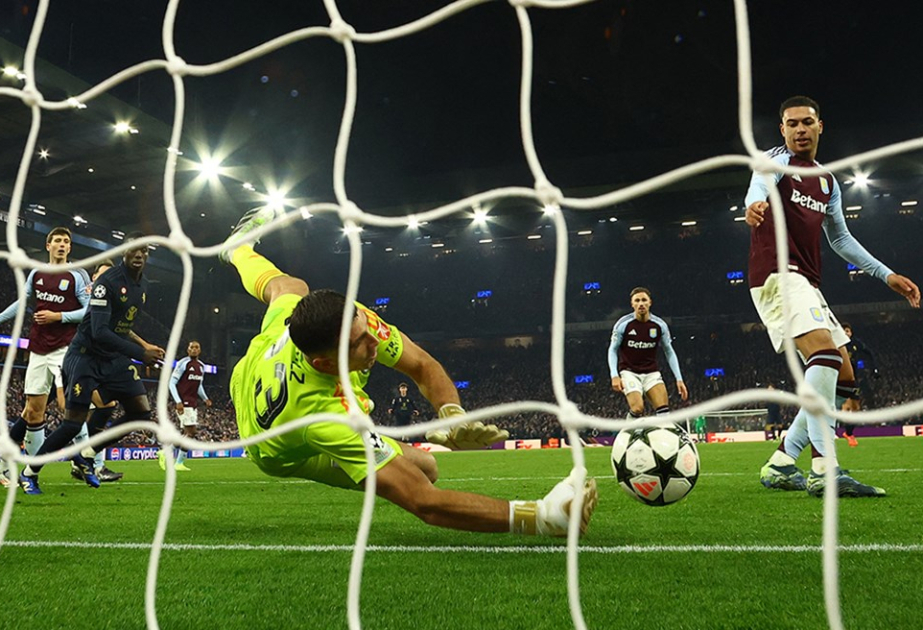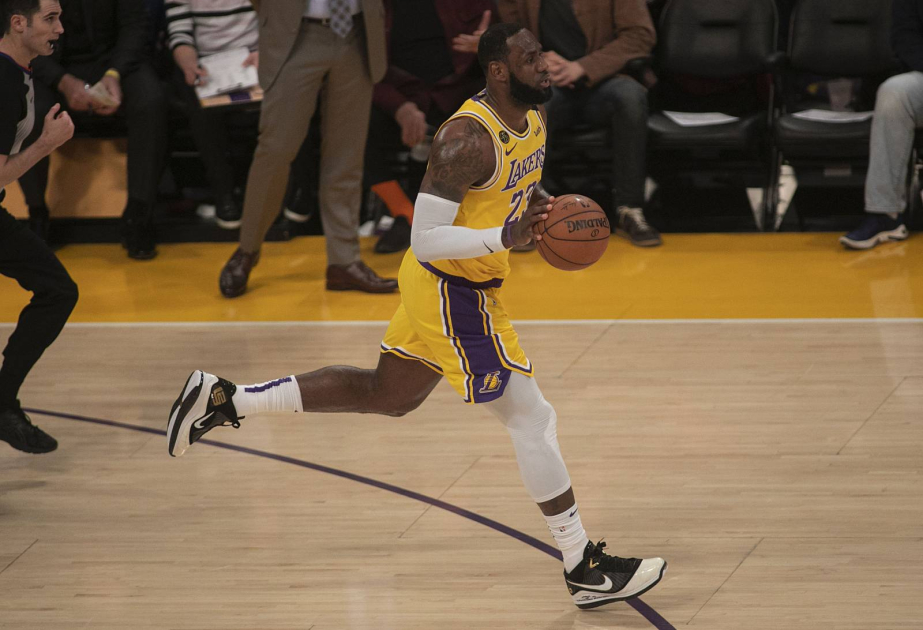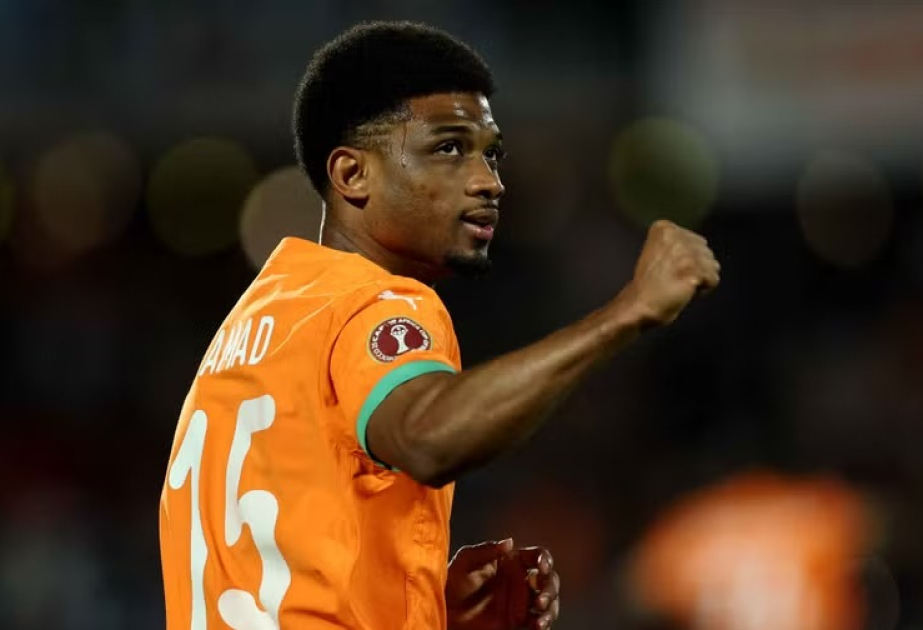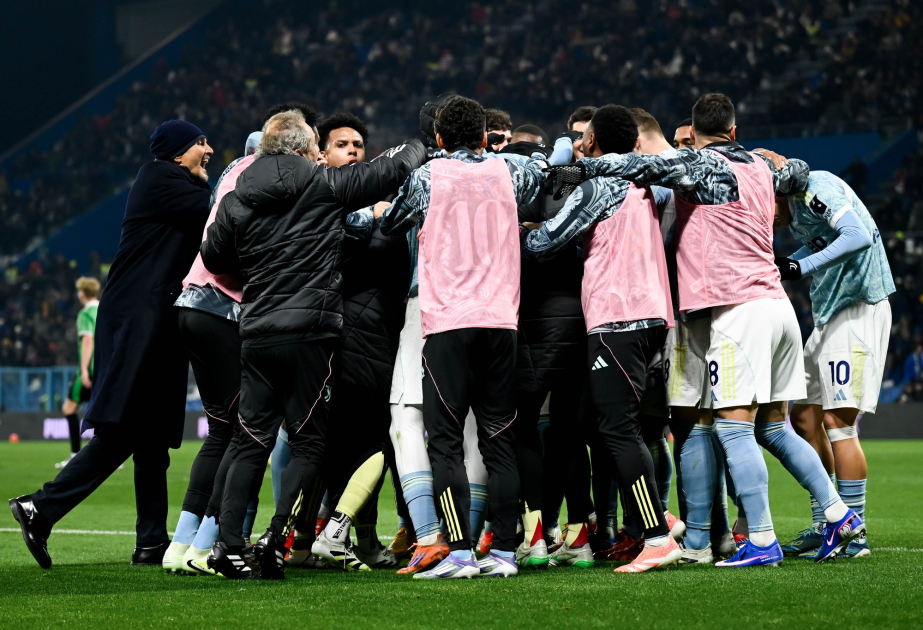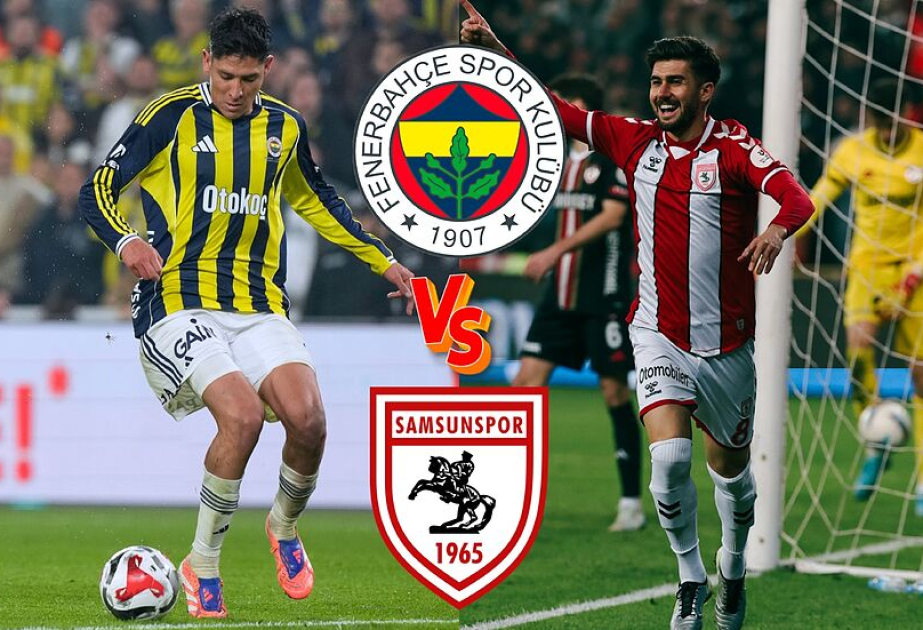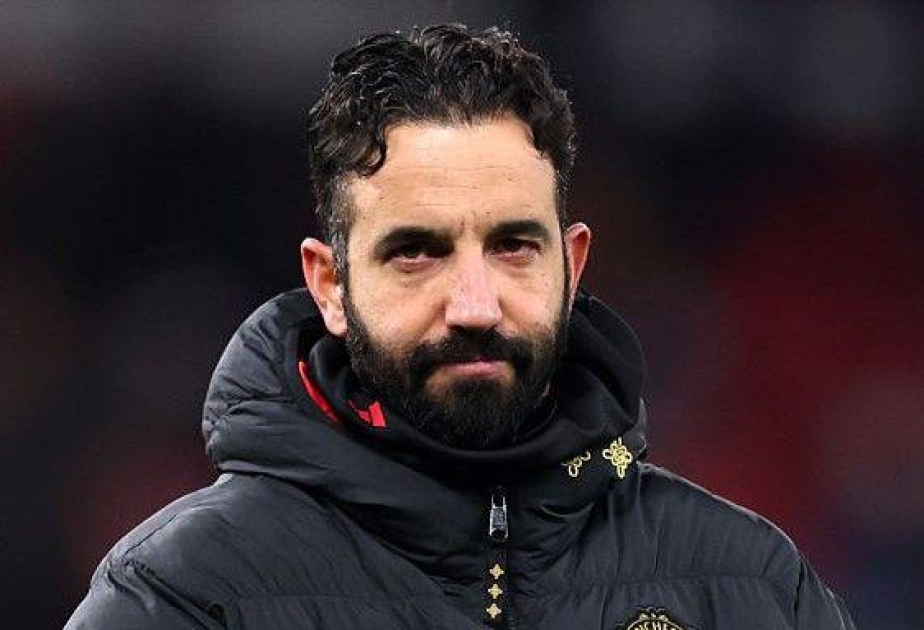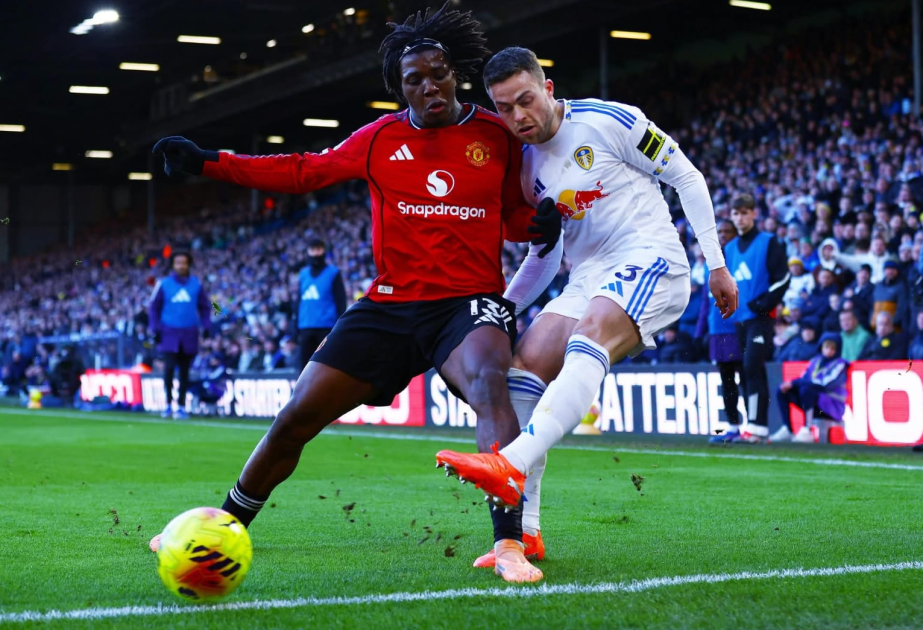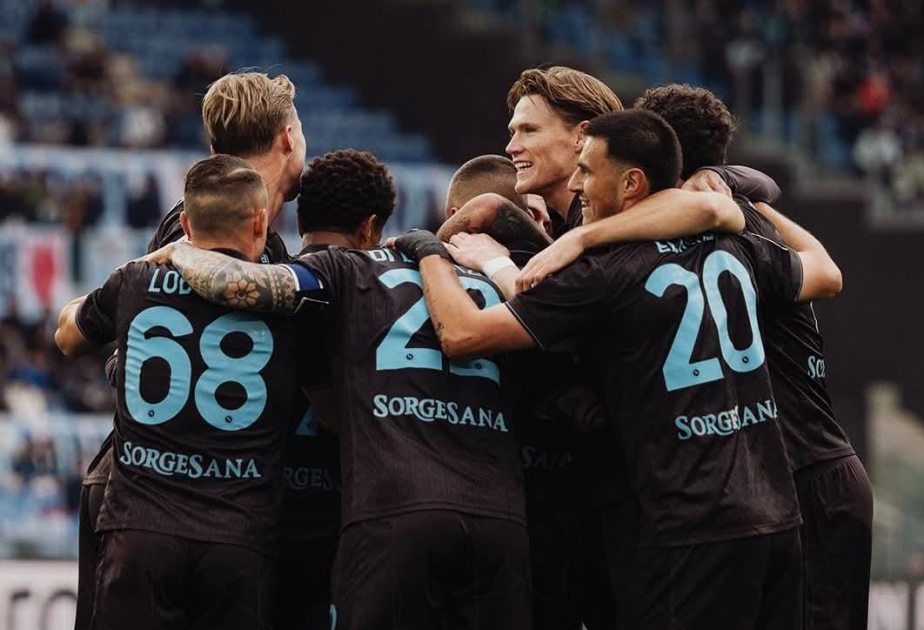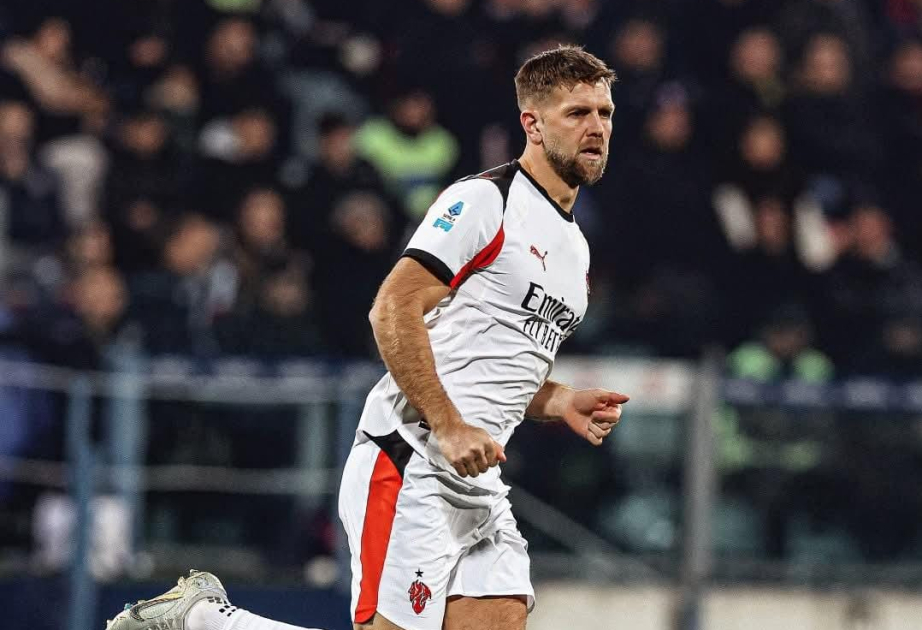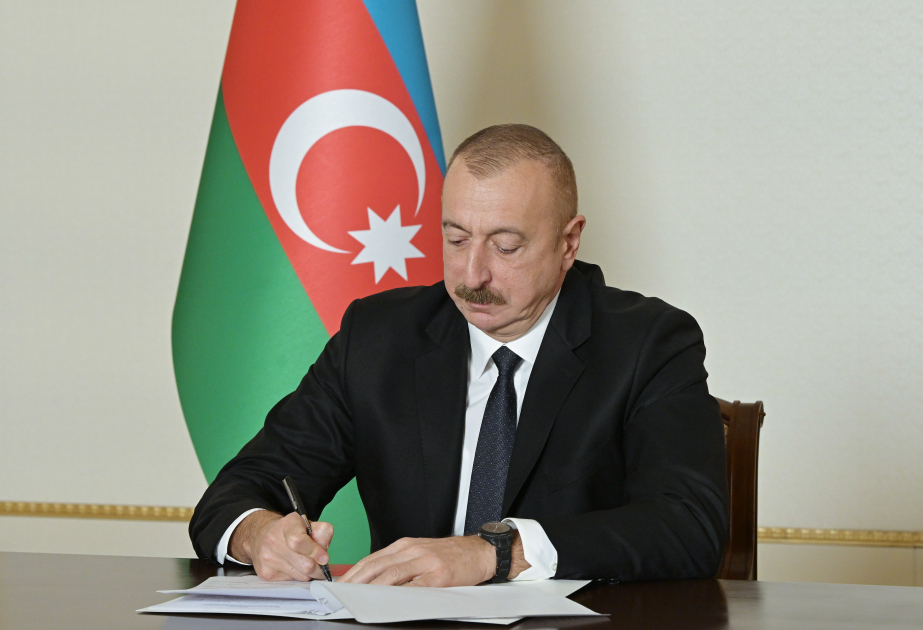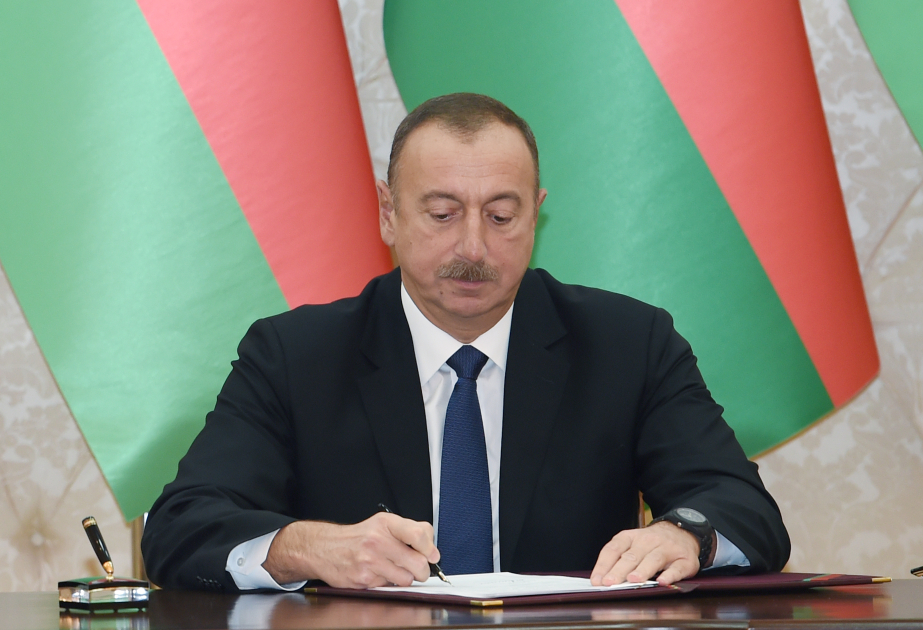There was little doubt, once the Spanish referee had disallowed it and his VAR colleagues had agreed, that the disputed Morgan Rogers goal for Aston Villa would prompt a long list of grievances about the state of the modern game, according to the Telegraph.
As a tired game reached its 93rd minute of mediocrity, Diego Carlos, the Aston Villa defender, leapt for a ball with Michele Di Gregorio and in doing so thrust an arm across the chest of the Juventus goalkeeper. There was no violence involved, and no ribs broken. But the contact was enough that when Rogers brought the loose ball under control and stuck it in the goal, even he was reluctant to celebrate.
Referee Jesus Gil Manzano seemed to give the goal, before he blew for a foul on Di Gregorio and his VAR colleague Alejandro Hernandez saw no reason to recommend a review. Later Ollie Watkins would cite different standards in the Premier League and Champions League. Unai Emery would say the same. Peter Crouch, a pundit on TNT Sports, pondered how many of his record number of headed Premier League goals would have stood up to the scrutiny of these rules.
But that has always been Europe, a few notches down from the English game in terms of what it will tolerate. Any notable contact with the goalkeeper is likely to prompt the referee to intervene. “We know that in the Premier League the interpretation is different,” Emery said. He conceded that in Europe “you can’t block like [you do] in England in front of the goalkeeper in offensive corners”. “I think for Europe, it’s a foul,” Emery said. “In England not. In Europe I have to accept it.”
More intriguing was whether the referee in fact gave the goal initially and then changed his on-field decision to the opposite – thus requiring VAR to find a clear and obvious error in order to justify a review. Emery conceded that the on-field process in this instance was not clear.
Villa were themselves just the width of a thin pizza crust from conceding in the 65th minute when Emiliano Martinez produced the save of the match to scoop Francisco Conceicao’s header out of the goal. The official graphic demonstrated that it was a centimetre from crossing the line in its entirety.
Either way, this had been a well-executed performance from a Juventus side missing many key players through injury and yet still the undoubted masters of the goalless draw. This was their fifth in all competitions this season and they are Serie A’s only unbeaten side. It may not be much of a spectacle to watch but Juventus drew on something deep in the soul of Italian football to summon this level of stubbornness.
It turned into the game that Juventus wanted. Slow, cagey and rarely out of the control of the Juventus defensive block. In the stands the Juventus great Giorgio Chiellini looked on approvingly. For the hosts, it is now seven games without victory and, while the famous European opponents still come to Villa Park and the night games retain their sense of occasion, this is starting to feel like an awkward kind of slump.
Under the old terms, a home draw against a club with the great history of Juventus would be seen as another achievement to celebrate – but Emery needs a win. This was not a great Juventus side, back in the competition after a year’s absence, sixth in Serie A, and currently labouring under an injury crisis that left them with just six players on the bench, two of whom were goalkeepers.
The game’s outstanding attacking player was Juventus’s firefly winger, Conceicao. The two centre-backs, Federico Gatti and Pierre Kalulu, shielded by Khephren Thuram and Manuel Locatelli formed a hard stop to whatever Villa had planned. Emery rang the usual changes and when Watkins failed to find a way through he sent on Jhon Duran, the man who unpicked Bayern Munich – but to no avail.


